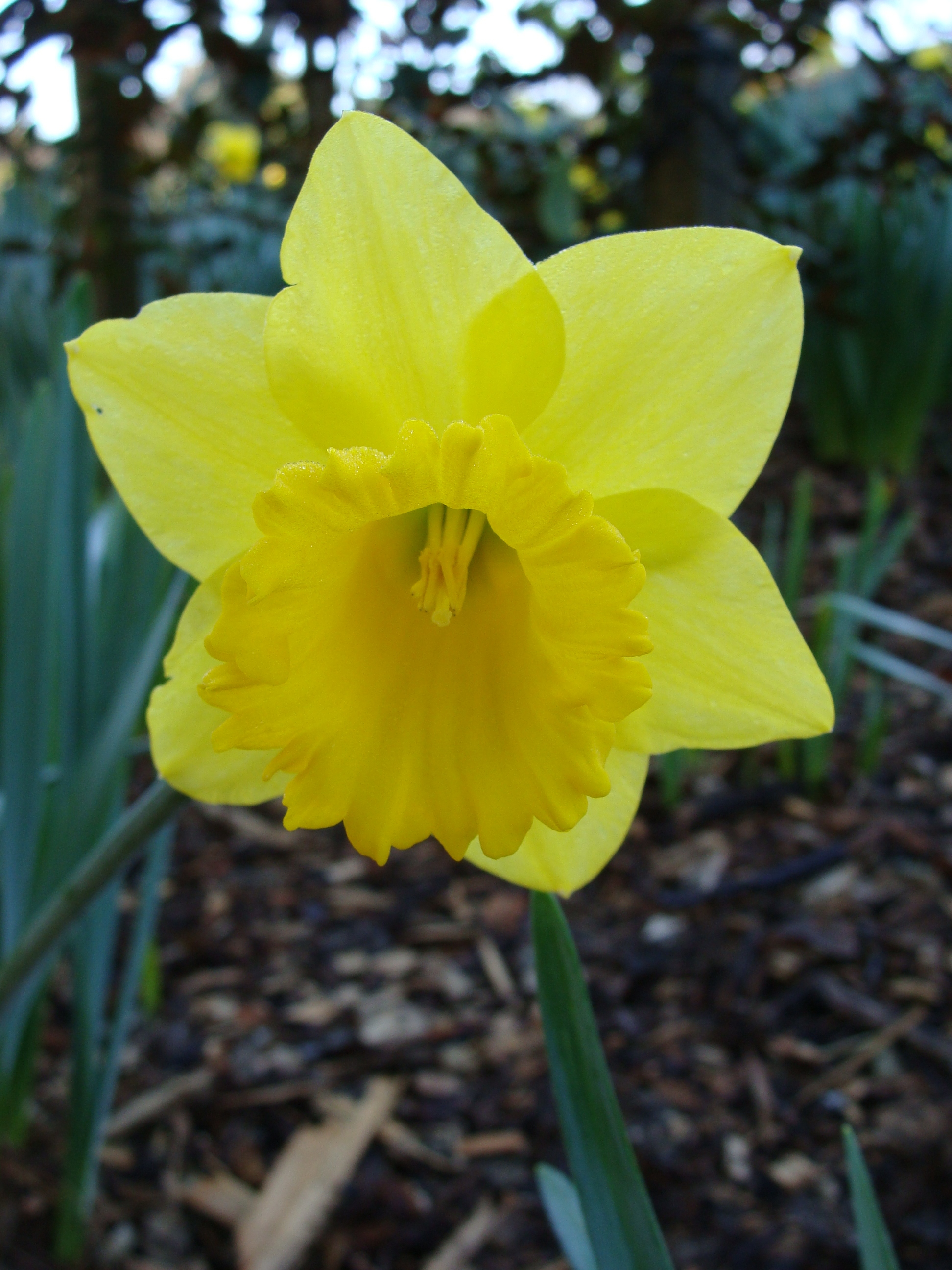Physical characteristics
A
Flowers and foliage
A wonderful bulb producing bright
Preferred site
Prefers
Preparation for planting
This bulb is often bought and planted as a
Maintenance tips
Apply an organic mulch
Ecological and biodiversity benefits
Attracts beneficial insects and pollinators to the garden.
Pests and diseases
Beware of slugs and snails when the buds are coming up. Can be affected by narcissus bulb fly which lays its eggs in the bulb which is then eaten by its grub once it hatches.
Location at Auckland Botanic Gardens
Spring Blossom Valley




.jpg?width=1200&height=1200&v=1d4024dceb89e50)

.jpg?width=1200&height=1200&v=1d5569224d63650)
 .jpg?width=1200&height=1200&v=1d4024df6ce2770)
.jpg?width=1200&height=1200&v=1d55676a892f2b0)
 .jpg?width=1200&height=1200&v=1d4024e3b65f7f0)